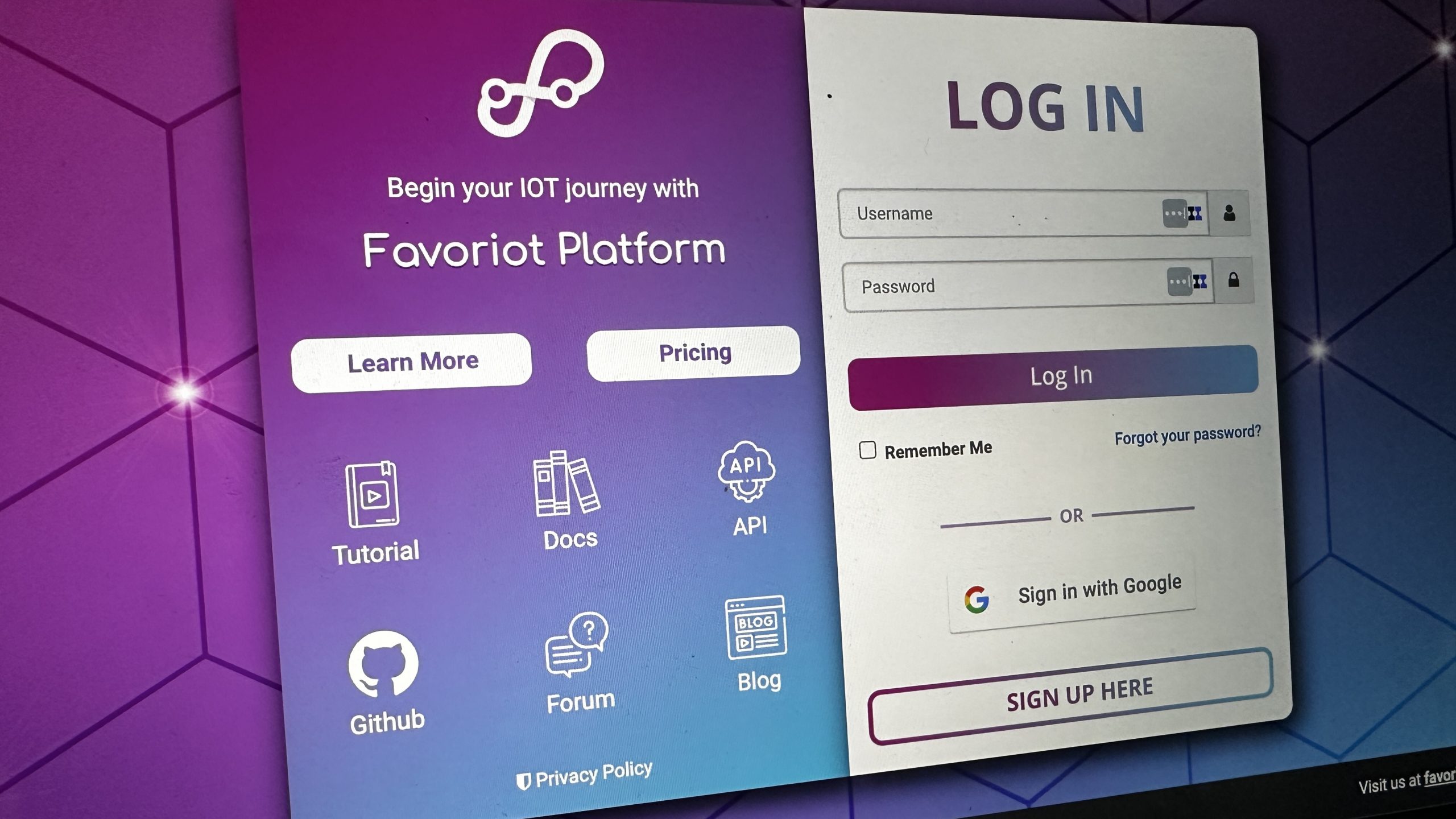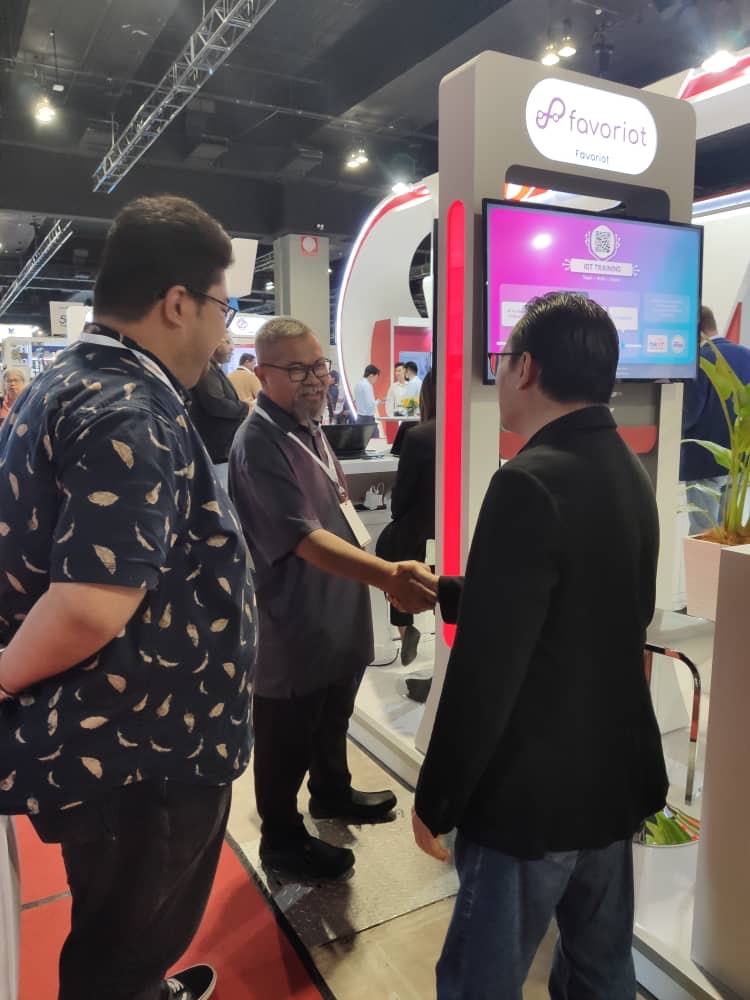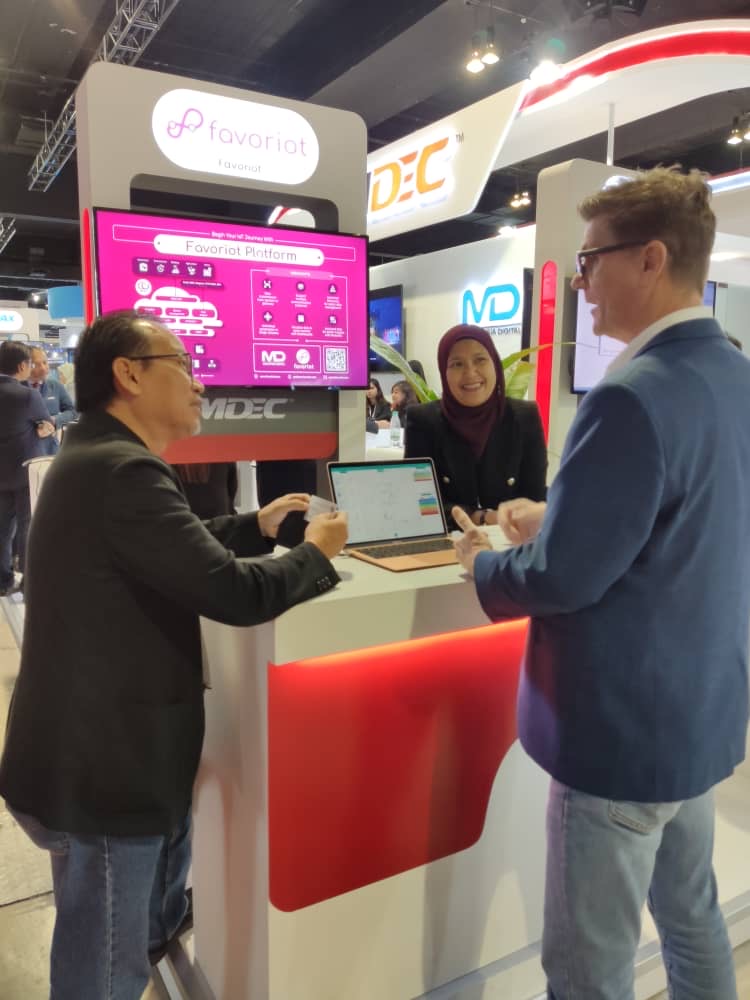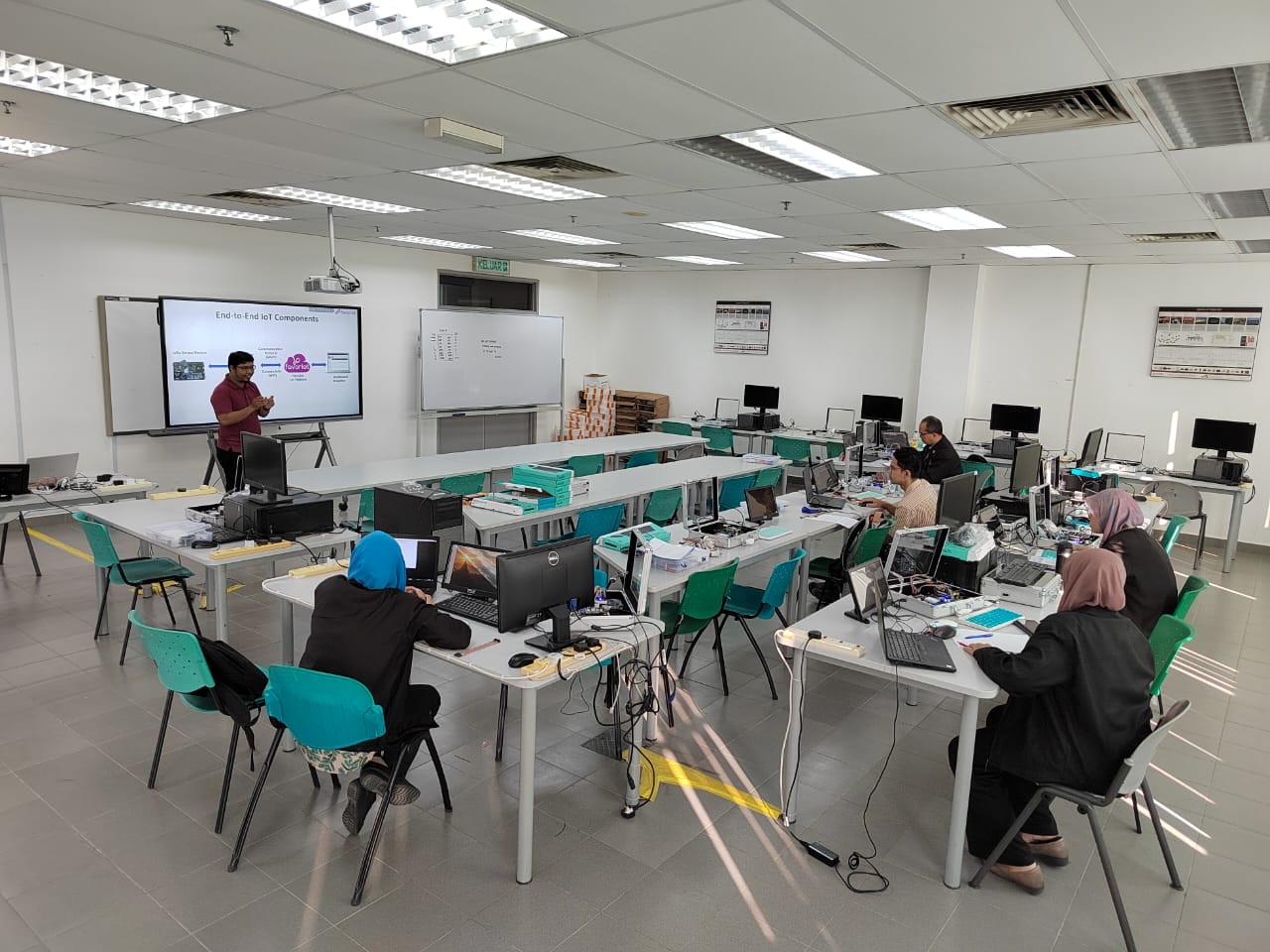
Crafting Your Ideal IoT Solutions: A Smooth Transition from Horizontal to Vertical Platforms
October 9th, 2023 Posted by favoriotadmin BLOG, IOT PLATFORM 0 thoughts on “Crafting Your Ideal IoT Solutions: A Smooth Transition from Horizontal to Vertical Platforms”Navigating the tech world can feel like being lost in a sea, especially when drowning in the overwhelming waves of data churned out by IoT devices. But fret not! Picture this guide as your compass, simplifying your journey and helping you tailor a solution that fits your unique needs efficiently and without fuss.
Why Make the Shift from Horizontal to Vertical?
Imagine each client walking in with a unique IoT scenario painted in their minds, each canvas calling for a one-of-a-kind masterpiece. Crafting these masterpieces from a blank canvas is daunting and a meticulous task that devours time. The alternative? Begin with a prepped and primed canvas—a robust horizontal platform like Favoriot, hosted in the boundless cloud. Then, with a swipe of the licensing brush, bring this canvas into your studio, transforming it into a vertical masterpiece, ready to dazzle. This approach isn’t just sleek; it’s a time-saver and lays a solid foundation for crafting and offering solutions to future clients with canvases similar to the one you started with.
The Step-by-Step Guide to Crafting Your Masterpiece:
1. Define Your Canvas – The Use Case:
Start with a clear vision of the canvas you’re working on. Is it a smart building canvas requiring strokes of environmental monitoring, occupancy tracking, and energy management? Or perhaps a healthcare canvas, calling for detailed sketches of patient and medication tracking with subtle hues of equipment management. Recognizing your canvas is the first step to a masterpiece.
2. Prep Your Palette – The Data Model:
With the canvas outlined, it’s time to prepare your palette, ensuring your data model aligns seamlessly with your needs. This careful selection of colors and shades (data) ensures you’re working with elements crucial and relevant to your canvas, enhancing the vibrancy (quality) of the final piece while avoiding unnecessary splatters (data noise).
3. Craft a Story with Analytics and visualizations:
While general analytics and visualizations are valuable, they might not capture the essence of your unique story. Tailor them so they resonate with your canvas. For instance, a manufacturing unit canvas might demand bold strokes visualizing real-time production efficiency, downtime, and defect rates.
4. The Right Tools for Seamless Integration:
Every artist has a favorite set of brushes and tools. Ensure your IoT masterpiece integrates smoothly with these industry-specific tools, enhancing the flow of your strokes and boosting the efficiency of the masterpiece in progress.
5. Secure Your Masterpiece:
In the realm of masterpieces, security is non-negotiable. Shield your IoT canvas from potential threats and ensure it adheres to the strictest of privacy standards and regulations.
Conclusion: A Journey of Tailored Creation
The transition from a horizontal to a vertical IoT platform is like turning a prepped canvas into a masterpiece that reflects your soul. Follow these steps with care, and you’ll not only have an IoT solution—you’ll have ‘your’ IoT masterpiece, offering actionable insights and improving operational efficiency, all while aligned meticulously with your unique vision. Here’s to creating masterpieces that truly reflect your needs! Happy Painting!
Contact Favoriot for an appointment to discuss your IoT requirements.


